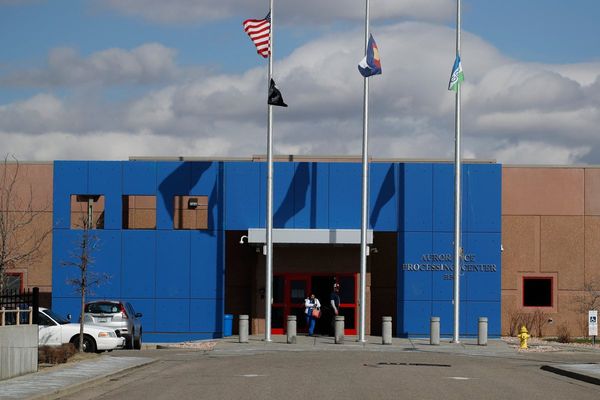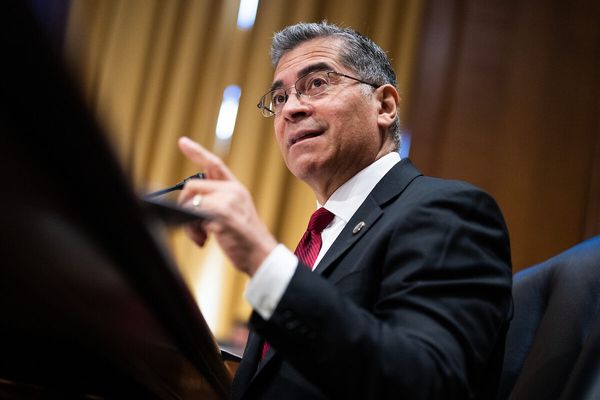
Wall Street’s repeated recession warnings are beginning to lose their bite. After more than a year of consistent doomsday forecasts, the U.S. economy has remained resilient in the face of stubborn inflation, with the unemployment rate sticking near pre-pandemic lows and GDP growth continuing. The stock market has also rebounded after a bleak 2022, with the S&P surging nearly 16% year to date.
Still, Darrell Cronk, president of Wells Fargo Investment Institute, argues the evidence remains overwhelming that a “recession is at our doorstep.”
“Much of the manufacturing sector of the economy is already in recessionary territory,” Cronk told reporters at a midyear outlook presentation this week, pointing to the ISM manufacturing index, which showed that the sector contracted for the seventh consecutive month in May.
He noted that leading economic indicators have also consistently declined for over a year and are “at levels consistent with past recessionary cycles.” To his point, the Conference Board’s Leading Economic Index, which looks at data like building permits, average weekly hours worked, and manufacturers’ new orders to get a sense of the health of the economy, dropped for 13 consecutive months through April. Justyna Zabinska-LaMonica, senior manager of business cycle indicators at the Conference Board, said the data signals “a worsening economic outlook,” noting that “weaknesses among underlying components were widespread.”
Cronk did admit that the labor market has held up this year, and the services sector of the economy has remained “somewhat strong” owing to savings consumers built up during the pandemic, but he said he still fears the worst is yet to come for the economy. And Sameer Samana, Wells Fargo Investment Institute’s senior equity strategist, argued that investors aren’t properly pricing in this still gloomy economic outlook amid enthusiasm over the latest developments in artificial intelligence and fading inflation.
“That’s the real dichotomy right now,” he explained at the midyear outlook presentation. “The market seems to be pricing in a very rosy scenario…and we just don’t think that’s going to end all that well.”
Priced for perfection
Inflation remains well above the Federal Reserve’s 2% target; Fed Chair Jerome Powell has warned that more interest rate hikes are on the way this year; and corporate profits have been falling since the second quarter of 2022. But despite the warning signs, investors are still willing to pay a pretty penny for stocks, lapping up shares at valuations well above historical norms throughout the year. Samana believes that might be a mistake owing to the ongoing “earnings recession.”
The strategist noted that corporate revenues have been falling for a few quarters because “parts of the economy are already in recession,” and on top of that, the stronger than expected labor market has left many firms with “sticky” costs.
“So what we’re noticing is margins are deteriorating—basically the top line is coming down faster than those sticky labor costs are going down,” he said. As a recession hits the economy later this year, slowing corporate revenue growth, along with higher labor costs, will hurt earnings; Samana believes the S&P 500 will therefore fall roughly 7% from its current level to 4,100.
Still, there’s a reason so many investors have become increasingly bullish of late. With year-over-year inflation falling from a four-decade high of 9.1% in June 2022 to just 4% in May, consumers are becoming more optimistic.
The University of Michigan’s Consumer Sentiment index rose to 63.9 in June from 59.2 last month, topping economists’ consensus expectations and pushing the index to its highest level since February. And long-term inflation expectations also dropped slightly, from 3.1% to 3.0%, in a positive sign for economists who feared inflation expectations would become “entrenched” and keep prices elevated.
Some analysts also believe A.I. is an $800 billion opportunity for tech firms alone this decade. Wedbush’s Dan Ives has repeatedly argued that the A.I. “gold rush” has just begun, comparing it to the start of the dotcom bubble that started inflating in 1995. And Tom Lee, cofounder of equity research firm Fundstrat Global Advisors, who is known as the biggest bull on Wall Street, said earlier this week that he believes the economy is slipping into an “expansion” rather than a recession as inflation fades and the Federal Reserve ends its interest rate hiking cycle.
For Samana, though, the risk might not be worth the reward. The strategist noted that the S&P 500 is currently trading at 20 times its peak earnings from last year, despite a recent earnings contraction.
“We’re going to be in a highly volatile, higher inflation, elevated rate environment where the Fed may or may not be done [with interest rate hikes], and there’s a healthy dose of uncertainty to go alongside it. You probably don’t want to pay earnings multiples that are all that high in that environment,” he said. “I don’t think that we’re going to take off to the upside.”







